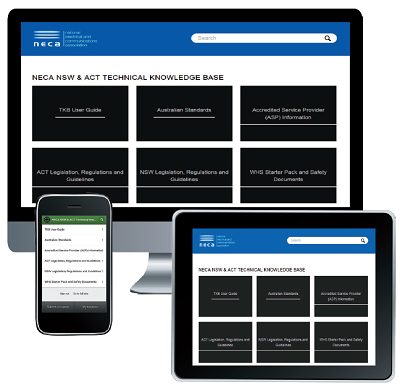News & Views
Installation Testing and Documentation
A recent story published by the Electrical Safety Office (ESO) Queensland, titled ‘Documented testing procedures and test reports’ reminds electrical contractors that testing an electrical installation is not just a matter of ticking the boxes on a CCEW Form after the tests are completed. There is also a legal obligation under the NSW Gas and Electricity (Consumer Safety) Regulation 2018 to carry out the tests and to record the results. (Click here to read the article)
One such example of what can go wrong is a recent prosecution in Western Australia, whereby an electrical contractor was fined $20,000 for a dangerous electrical installation in Mandurah in 2017. The contractor failed to install the MEN (Main Earth Neutral) connection at the switchboard on a construction site. This mishap could have resulted in a fatal electrical shock, as the connection was missing a crucial safety component. Furthermore, had the contractor conducted a routine testing procedure, he would have been alerted to the missing connection.
Another recent example is of an incident in Western Australia, where a young girl received an electric shock by touching a metal water tap. This resulted in the young girl with permanent brain damage. It was established that the neutral had broken away from the point of attachment on the house. Once again, a regular testing regime would have warned the contractor.
Poor earths, transposed conductors, intermix of circuits and RCDs not operating, can be found and fixed by testing. Regular testing of properties is not yet mandatory; however, Clause 8.1.3 of the new Wiring Rules (8.1.2 of the 2007 version) states that the periodic inspection and testing of electrical installations SHALL be performed, when:
Unfortunately, NSW Regulator Fair Trading does not want mandatory regular testing, and customers never want to pay for it!
It is interesting to see the paragraph move from a buried collection of words in the 2007 book to a new Clause in the 2018 book. This may generate some enthusiasm to improve the standard of electrical installations across the country by the powers to be.
Please note, NECA fully supports the idea of mandatory, periodic inspection of electrical installations, as ultimately it will improve consumer safety and make available more work for contractors.
AS/NZS 3019:2007 – Electrical installations - periodic verification
This standard lays out how to test the overall installation. NECA members can view this document on NECA’s Technical Knowledge Base (TKB) by logging in here, which is free to NECA members.
Verification Inspection and Test Results Spreadsheet
Every RCD operation, every earth resistance value, every active connection and every neutral connection, means many values are retained in a ‘Table of Results’. This document should be kept as proof of inspection and testing, should an Inspector or a Judge ask for it.
To remind you of how onerous the task is, socket outlet 3,645 of a high rise building would have test results showing that:
Remember that in a Court of Law, if there is no written proof that you carried out the tests – YOU DID NOT DO IT.


